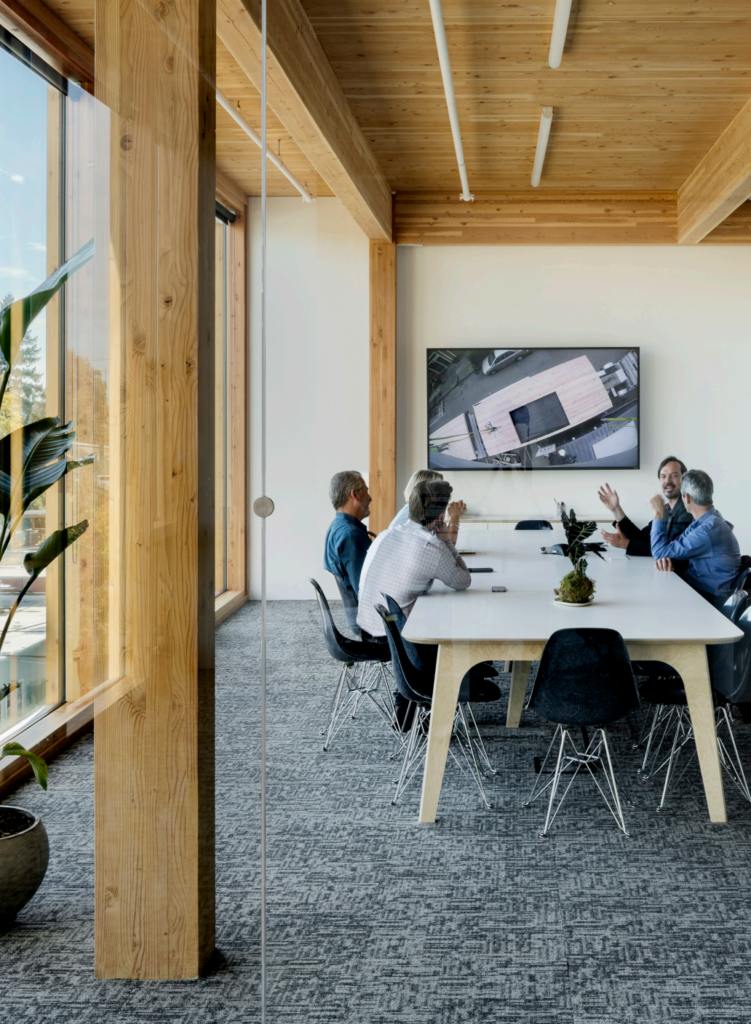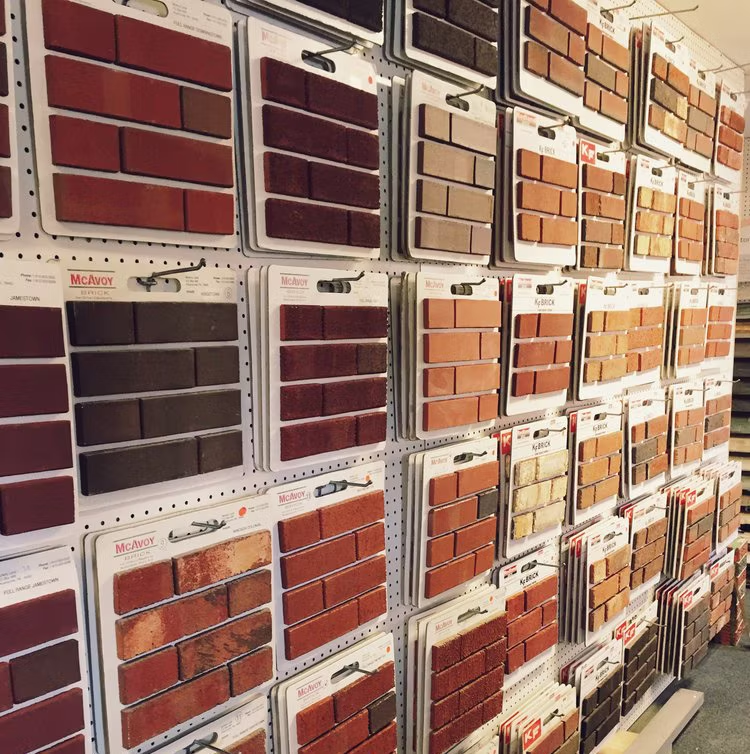If there is one thing that technology has given back to architects in recent years, it’s time.
Ever more powerful computers, super-fast rendering engines and endless apps for speedy sketching have helped professionals become ever more efficient, allowing them more time to do what they do best: design great buildings. However, one area in which time-pressed architects could do with more help is in sourcing the elusive products to make those designs a reality.
If you needed any further evidence for the value of Architizer’s online marketplace for building products, then the following story provides it by the bucket load, for both architects and building product manufacturers.

Lever Architecture hails from Portland, Ore.; images courtesy LEVER Architecture.
Will Smith is a project designer at Portland-based firm LEVER Architecture who, like every good creative, adheres to a fiercely high standard when it comes to specifying products for his projects. An approximation of a building material, particularly for something as fundamental as exterior walls, is simply not an option when pursuing the best-possible completed building for his clients. So, when he identified a particular tone of brick as the ideal material for a recent project, Smith could not compromise.
“We’re doing a project where we’re using brick,” he explains. “I’m very concerned about brick, because a lot of brick projects are awful. I needed a particular kind of brick in a particular color — cool gray — and I was kind of scared because I simply had to find it. We were meeting local reps who were bringing us all these samples, and I didn’t like any of the samples we were getting.”
As he began to realize the scale of the task in hand, Smith took matters into his own hands. “What I started doing was hitting up various design websites looking for buildings that had brick that matched the color I was going for,” he recalls. “I started finding them, but unfortunately they were all in Europe. I tried a couple of times to find the products for those projects and I actually did find the product companies, but they were also based in Europe, so I couldn’t get them.”

There are hundreds of bricks to choose from, but cool gray tones are a rarity; via TLC Hardscape & Masonry Supply (on Yelp).
A task that should have taken minutes or hours at most had now stretched to days. “I kept looking,” says Smith. “I would go on Pinterest and I would find the color, and then I would Google-Image-Search that building, which would usually take me to another design website; there I would find the firm name, and — if I was lucky — they would have the construction company underneath.
“I would call the construction company and ask who supplied their brick,” he continues, before revealing the common folly of architects’ manipulation of images to create idealized versions of materials for their projects. “A couple times I actually found the material maker, but then I also realized that some of these architects are Photoshopping their final images to make the brick look how they wanted it to be.”
At this point, Smith came to the realization that he may have been looking in the wrong place all along, since the specific color of brick he was looking for wouldn’t be made from traditional clay. “I was looking for neutral gray — I didn’t want a beige brick. I just wanted a stone-colored brick. That’s it. I was Googling, and ended up realizing I was looking for concrete brick. I didn’t want clay brick.
“Then, it dawned on me: ‘I need to change my entire search now.’ I searched for another couple of days, and I finally found a company in Wisconsin that has not done any ‘capital A’ Architecture; it’s just been doing houses and renovations of bars and stuff, and they had the color.”

Finally, Smith found the ideal bricks for the project; image courtesy LEVER Architecture.
“I ended up calling them, leaving emails, and I got hold of a guy named Terry, and Terry and I have been shooting emails back and forth and he’s been sending me samples. Their website has kind of a color palette, with some dimensional information, but it’s basically just down to him and me being on the phone and emailing back and forth, and now I need to find a local distributor who can handle his product.”
The process is so long in large part due to a lack of a single contact point, and communication between the different parties being so disjointed. “That’s what I’m learning with materials,” says Smith. “You’ve got the person who makes it, and you’ve got the distributor, and you’ve got to find both, and if they don’t already distribute that you have to help create the relationship so that they can carry that product and then they will get it out to your site.
“Then we’ve got a mason that is going to learn about how to use concrete brick because he hasn’t before. So, we’ve found the material now, but that only happened because, for two weeks, I called — I think — every brick-maker in the country!”

Architizer helps the perfect products reveal themselves; via BassTech International
Every brick-maker in the country — that’s a lot of phone calls. What if all this could be replaced by a single website, where all the hard work of seeking out the perfect product is done for you?
Recognizing the daily struggle that architects like Will Smith are facing, Architizer’s Source is being developed to take the legwork out of specifying. When looking for any building product — even one as rare as Smith’s hallowed gray brick — all architects have to do is submit a description of the material or component they are looking for, and Source’s intelligent search engine will swiftly connect them with product manufacturers that can help.
This new platform should help spell the end of specifying nightmares in the near future, saving time and money for both architects and their clients into the bargain. For Will Smith’s sake, we’re just happy that this particular story had a happy ending!
Portland-based practice LEVER Architecture was founded by Thomas F. Robinson, who previously worked with Brad Cloepfil at Allied Works, and, before that, at Herzog & de Meuron. LEVER is most well known for being on the forefront of Cross Laminated Timber (CLT) buildings; the project using the brick within this feature is a CLT building. The firm is currently working on the United States’ tallest timber building at 12 stories in Downtown Portland.
Top image via BassTech International




